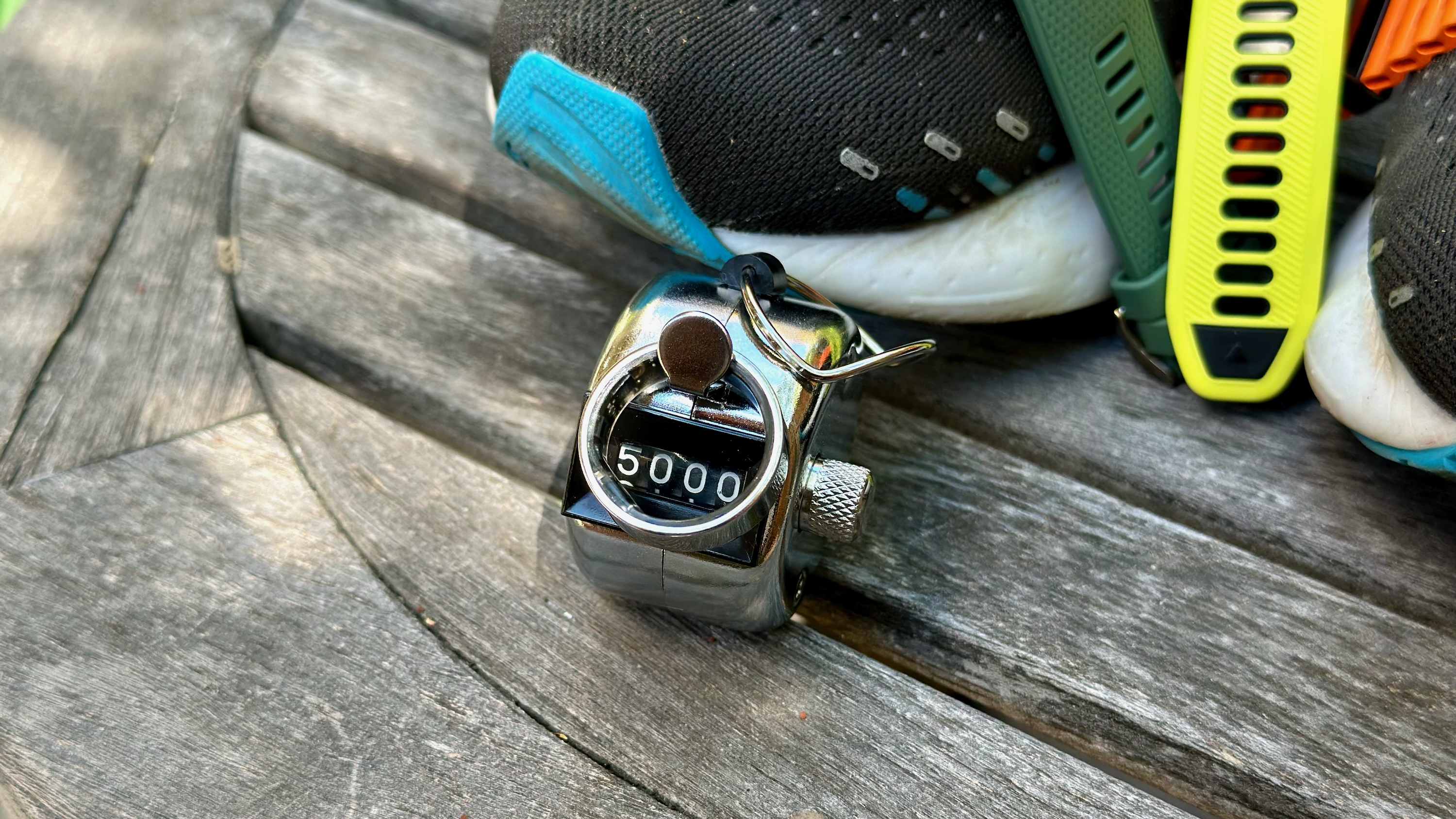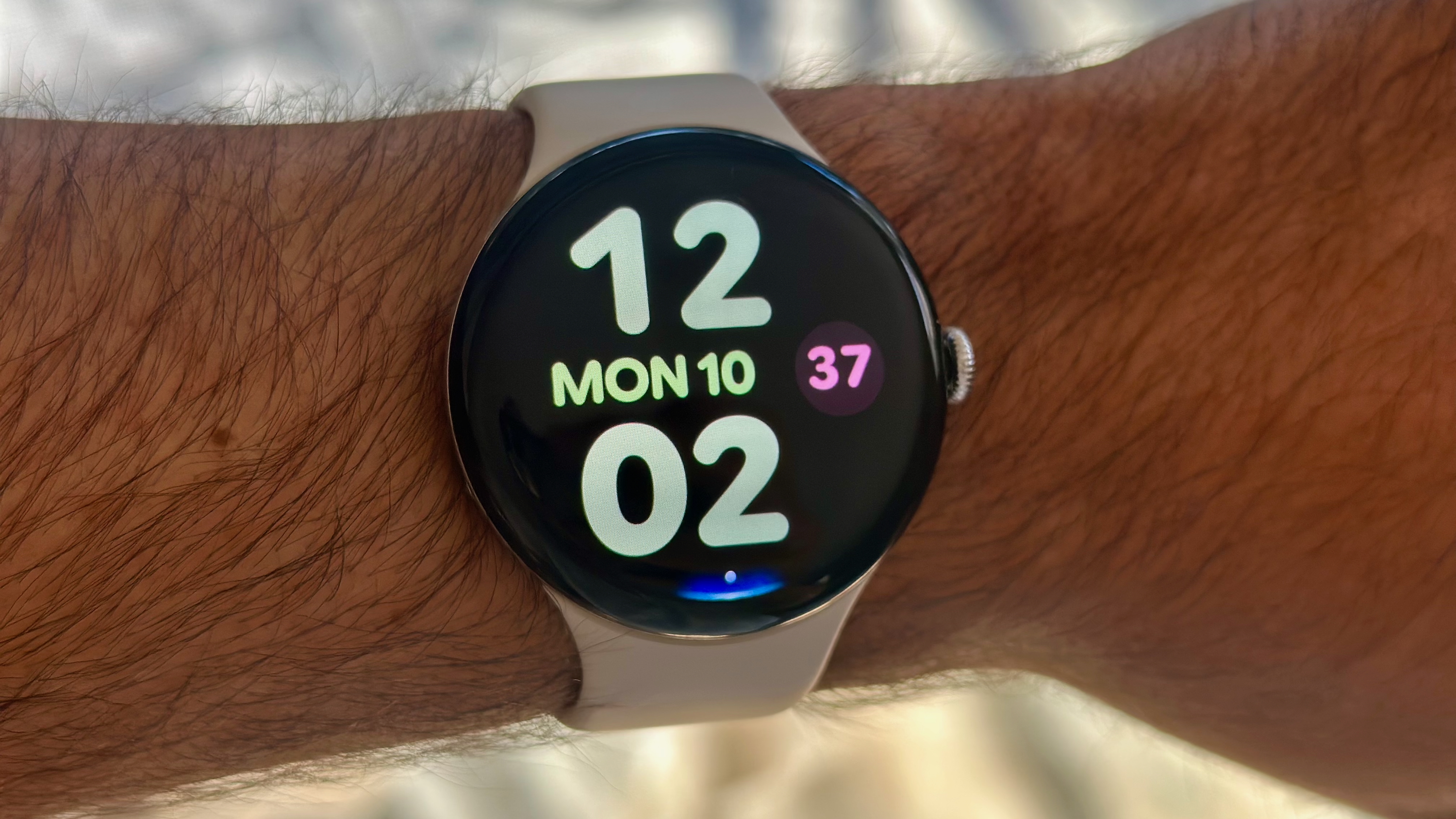Smart rings are shockingly good at step counting, with one critical flaw
Our favorite smart rings are near-perfect at step counts when you're walking. When you're sitting still, they're much iffier.


In this weekly column, Android Central Wearables Editor Michael Hicks talks about the world of wearables, apps, and fitness tech related to running and health, in his quest to get faster and more fit.
Smart rings have the potential to beat smartwatches when it comes to step-counting accuracy. We tested the most popular smart rings today, and three of them outperformed our favorite smartwatches for exact step counts. Unfortunately, smart rings have a problem with phantom steps that must be fixed before we can fully recommend them.
Smart rings aren't built for fitness tracking the way smartwatches are. They can't sample your heart rate as often because of smaller battery capacity, they become less accurate when your fingers swell from faster blood flow, and you have no screen to check your progress. In particular, the new Samsung Galaxy Ring has underwhelmed us with its paltry fitness features.
So, imagine my surprise when I asked our reviewer to do a Galaxy Ring step test, and it measured only 11 extra steps after taking 5,000 steps—significantly better than his Pixel Watch 2 (192 extra). I've done several smartwatch step tests in the last year, and only Garmin watches have come close to that accuracy level.
When comparing smart rings vs. smartwatches, we generally trust the former for sleep tracking and health data and the latter for workouts. But getting 10,000 steps a day is more of a mainstream health issue than a true "workout," and it'd be great if smart rings excelled at this casual metric.
Since I only own one smart ring, I enlisted our phones editor, Nick Sutrich, and our managing editor, Derrek Lee, to perform step tests to see whether smart rings can beat smartwatches for step counting across brands. Here's how each device did:
| Smartwatch / smart ring | Total steps | Difference from actual step count |
|---|---|---|
| Samsung Galaxy Ring | 5,011 | +11 |
| Oura Ring Gen 3 | 4,988 | -12 |
| Amazfit Helio Ring | 4,992 | -8 |
| RingConn Smart Ring Gen 2 (2 tests) | 4,296 / 4,913 | -704 / -87 |
| Ultrahuman Ring Air | 4,497 | -503 |
| Garmin Forerunner 965 | 5,017 | +17 |
| Samsung Galaxy Watch Ultra | 4,986 | -14 |
| OnePlus Watch 2R | 5,025 | +25 |
| Pixel Watch 2 (2 tests) | 5,192 / 5,111 | +192 / +111 |
| Garmin Venu 3 (2 tests) | 5,088 / 5,031 | +88 / +31 |
| CMF Watch Pro 2 | 4,769 | -231 |
I never thought of smart rings as particularly reliable for step counting because my Ultrahuman Ring Air undercounts them. Things balance out because it'll count false steps while I'm at home, but I found most smartwatches to be better, and I've seen plenty of complaints on the r/Ultrahuman subreddit that back me up.
Competing smart ring brands have their step-count algorithms a bit more fine-tuned! The Samsung Galaxy Ring, Oura Ring Gen 3, and Amazfit Helio Ring all came within 12 steps of the actual walking total. The RingConn Smart Ring Gen 2 was ridiculously off after Lee's first test but did more respectably in its second test, better than some popular smartwatches.
Get the latest news from Android Central, your trusted companion in the world of Android

For comparison, most smartwatches tend to fall into the good-but-not-great range. In my cheap fitness watch accuracy test this March, the Forerunner 165 (+11 steps after 5,000) did excellently, while the Coros Pace 3 (+84) and Fitbit Charge 6 (-199) weren't quite as reliable.
In my first step-counting test last year, Amazfit (+46), Apple (-60), and Samsung (+74) fell into that same adequate range, with my Fitbit (-286) pretty horrendous and Garmin (+14) winning.
That's why my Galaxy Watch Ultra and OnePlus Watch 2R surprised me by doing so well in this walking test, matching my Garmin Forerunner 965. No non-Garmin smartwatch has fallen within a ±30-step range across a half-dozen step tests, until now. Maybe some fitness watch devs have started to fine-tune their step algorithms, too!

But returning to the main point, I'm impressed with how well smart rings do for step counting in normal walking conditions. A few standout watches aside, most of them miscount by at least 100 steps after a couple of miles.
It's much harder to track steps while running—try keeping count when you're stepping twice as fast and out of breath—but Sutrich said his Galaxy Ring step count seemed much more realistic than his Pixel Watch 2 count after a 5K spartan race (even though the PW2 was much better at heart rate).
So, what's the "major flaw" I hinted at in the headline? Simple: smart rings across brands will track hundreds or thousands of steps when you're at home or in the office.
Typing an email? Take some steps. Gesticulating excitedly during a conversation? Have some more steps! Cooking dinner? Your smartwatch will add maybe 50 steps as you move around the kitchen; your smart ring could add 2–10X that. You get some extra steps, and you get some extra steps, and you get some extra steps!
Sutrich's Galaxy Ring did near-perfectly while walking, but he'd managed to hit 3,675 steps before the test, and he confirmed he hadn't done anything active that day. That's the equivalent of nearly two miles of walking around the house and yard, and it's unlikely he was anywhere close to that.

A couple of Android Central team members own Oura Rings, and they were the first to warn me about the false-step issue, adding thousands of phantom steps daily while they're at home working on articles or playing with pets.
Smartwatches don't have this issue to the same extent. Some brands have the occasional false step or fulfill stand alerts when they shouldn't, but you won't see thousands of steps unless you're truly walking or working out.
If smart ring makers can tweak their accelerometer data to detect the difference between incidental movement and true steps, then that'll be the final step (pun intended) in making rings more useful for casual fitness tracking. That's a big if: Oura's had years to improve in this area.
But the fact that multiple smart ring brands have already cracked the step-tracking code in normal conditions, beating out decade-old smartwatch brands, gives me hope that they'll improve at seeing through non-step movement in the near future.

Michael is Android Central's resident expert on wearables and fitness. Before joining Android Central, he freelanced for years at Techradar, Wareable, Windows Central, and Digital Trends. Channeling his love of running, he established himself as an expert on fitness watches, testing and reviewing models from Garmin, Fitbit, Samsung, Apple, COROS, Polar, Amazfit, Suunto, and more.
You must confirm your public display name before commenting
Please logout and then login again, you will then be prompted to enter your display name.
